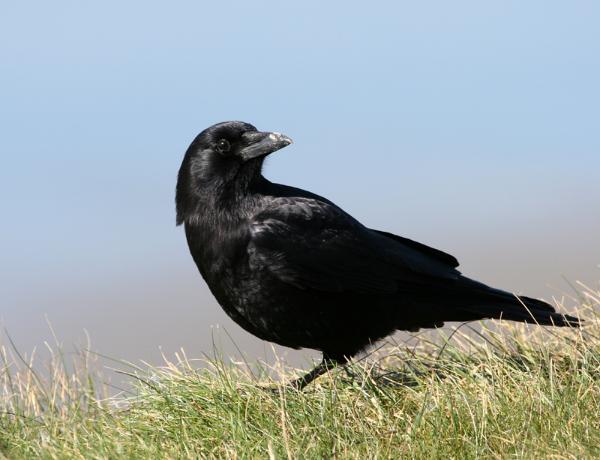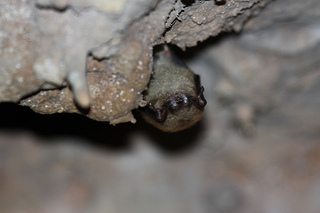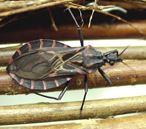 Chagas disease, spread by kissing bugs or reduviid bugs is a scourge in South America, has the potential to cause heart failure. The symptoms can be chronic and go on for years.
Chagas disease, spread by kissing bugs or reduviid bugs is a scourge in South America, has the potential to cause heart failure. The symptoms can be chronic and go on for years.
Until recently, the disease and the insects that carry it were rare even in northern Mexico, but recently, says a report on the KABB Fox News TV station in San Antonio, Texas, the number of the kissing bugs found in south Texas has increased sharply.
More to the point, the piece says, a recent survey by Texas A&M researchers found that 60 to 80 percent of the mammals trapped on public land have been found to be infected by the disease. The animals trapped include feral hogs, white-tailed deer, wood rats, rabbits and raccoons.
Watch or read the piece on the KABB website, here.
More on Chagas disease at PubMed Health, and
probably more than you want to know, unless you have it, from the Centers for Disease Control
Photo: A kissing bug of the type that carries the parasite that causes Chagas disease, courtesy of the Centers for Disease Control

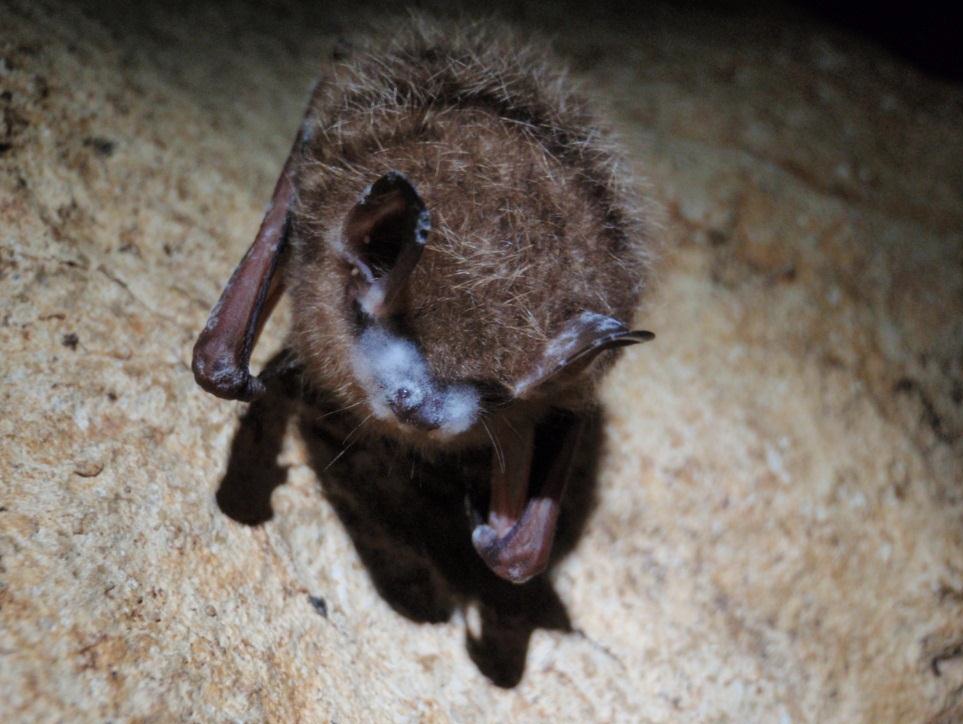 According to a
According to a 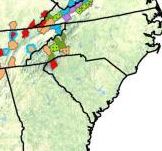 A tri-colored bat, found dead in Table Rock State Park in the northwestern corner of South Carolina, has been confirmed to have white nose syndrome (WNS), the
A tri-colored bat, found dead in Table Rock State Park in the northwestern corner of South Carolina, has been confirmed to have white nose syndrome (WNS), the 
